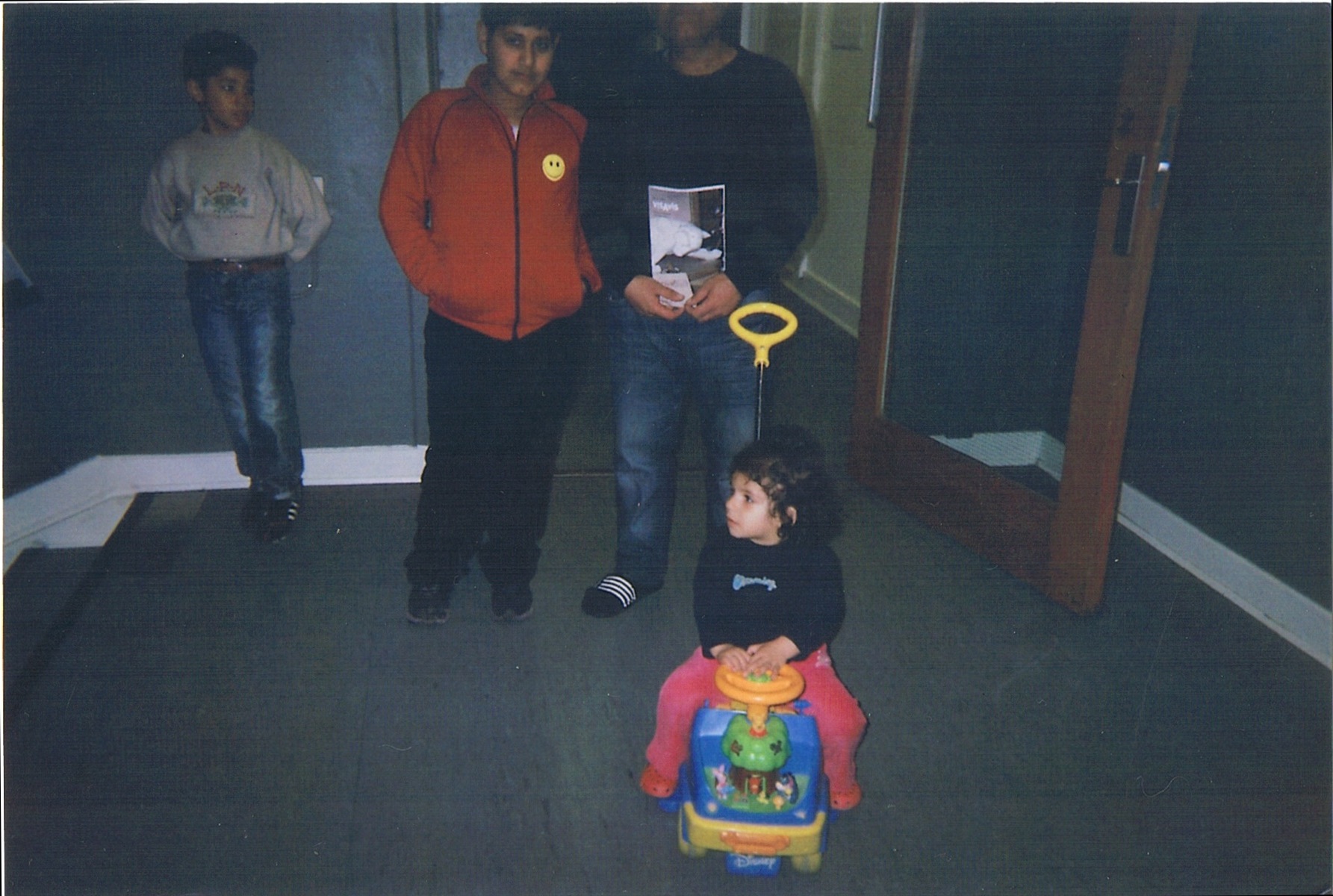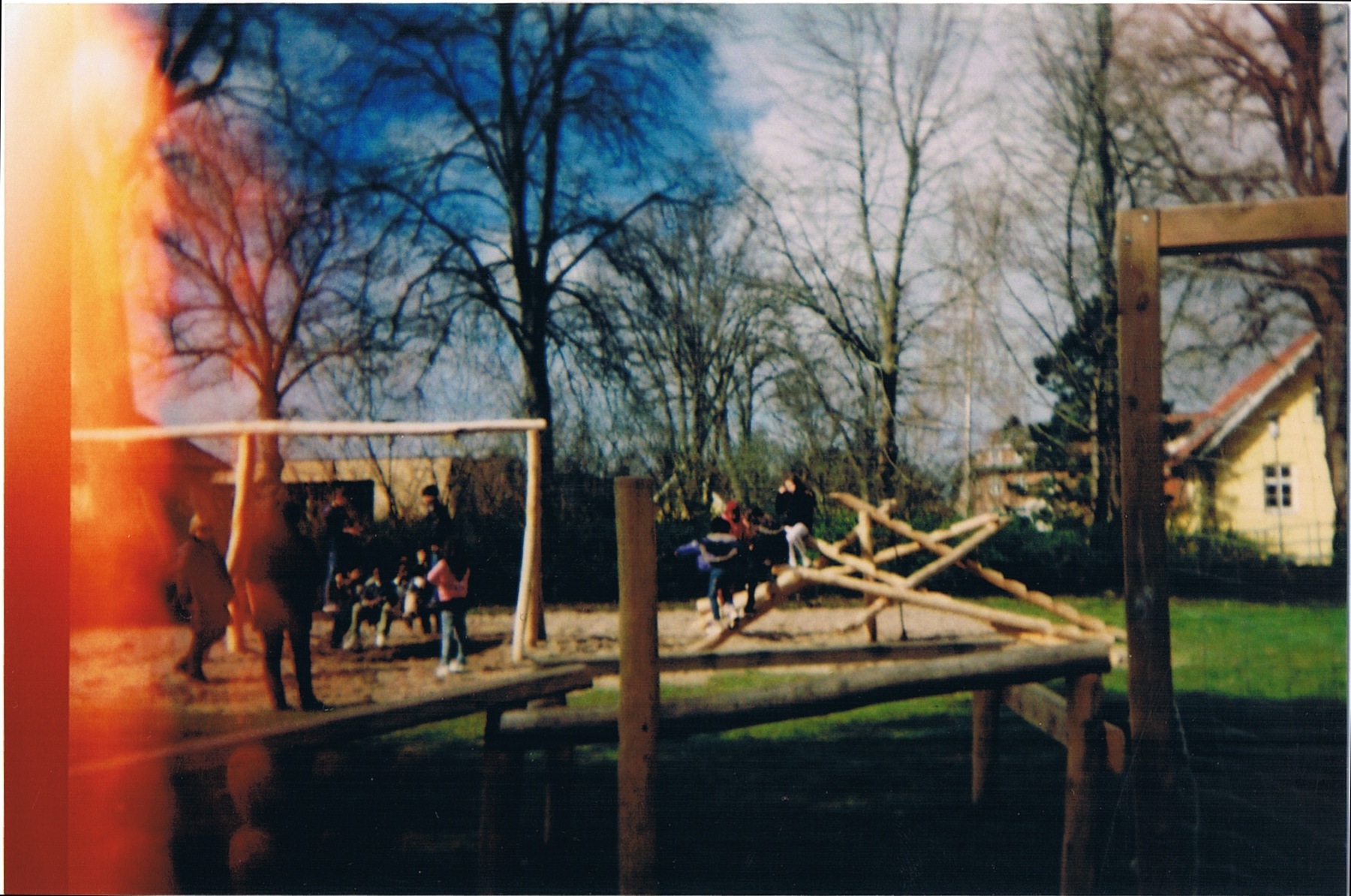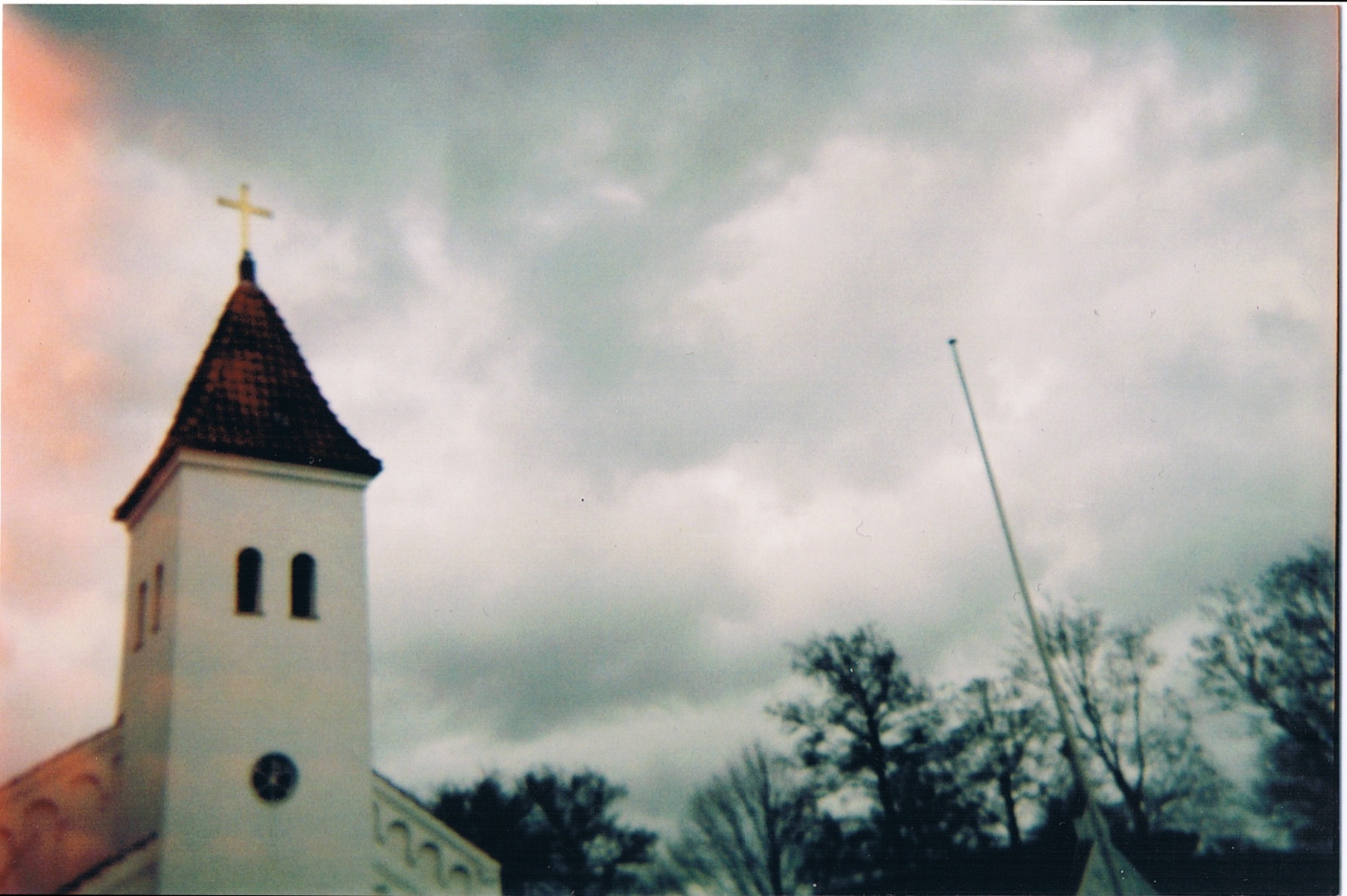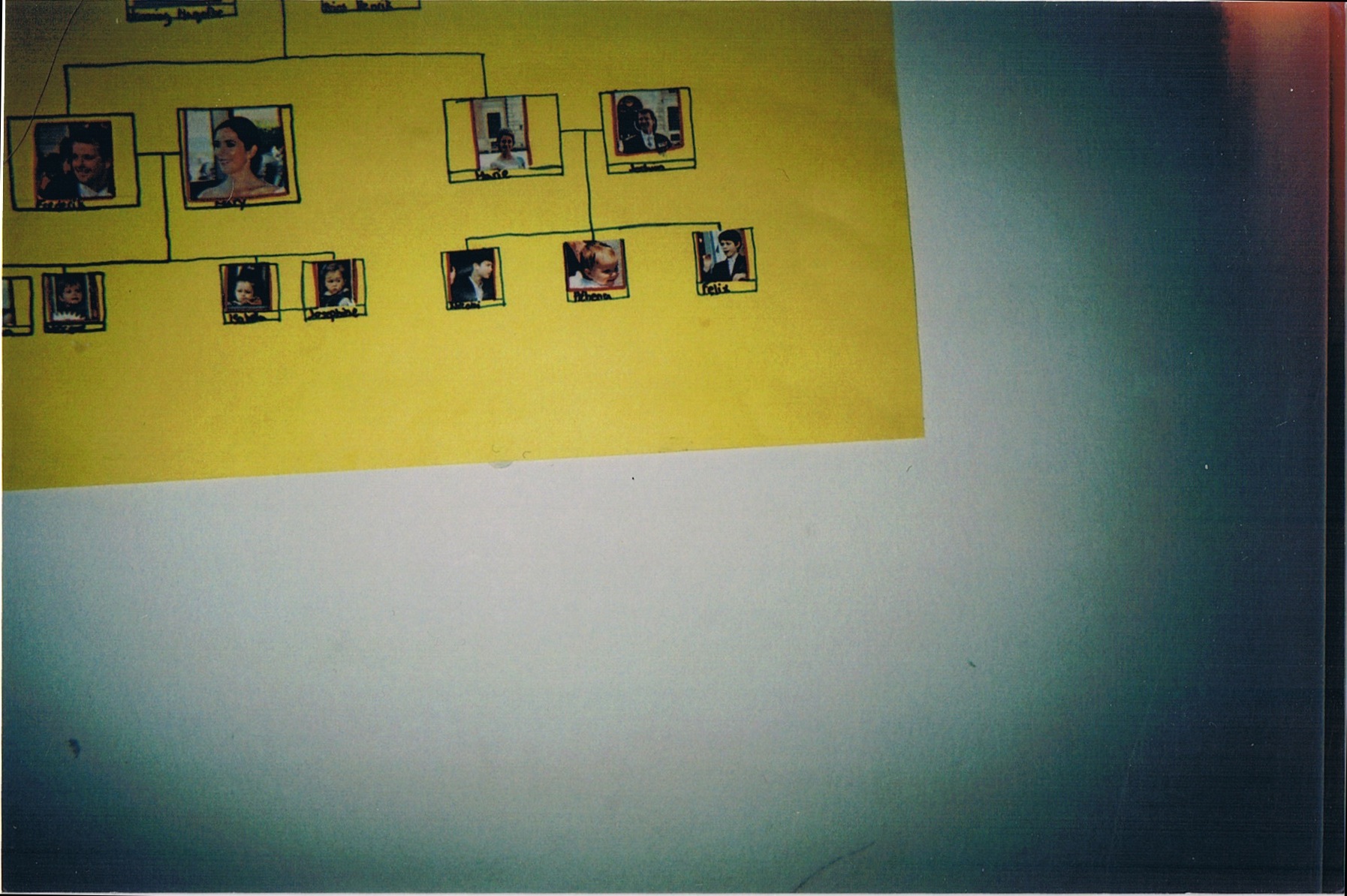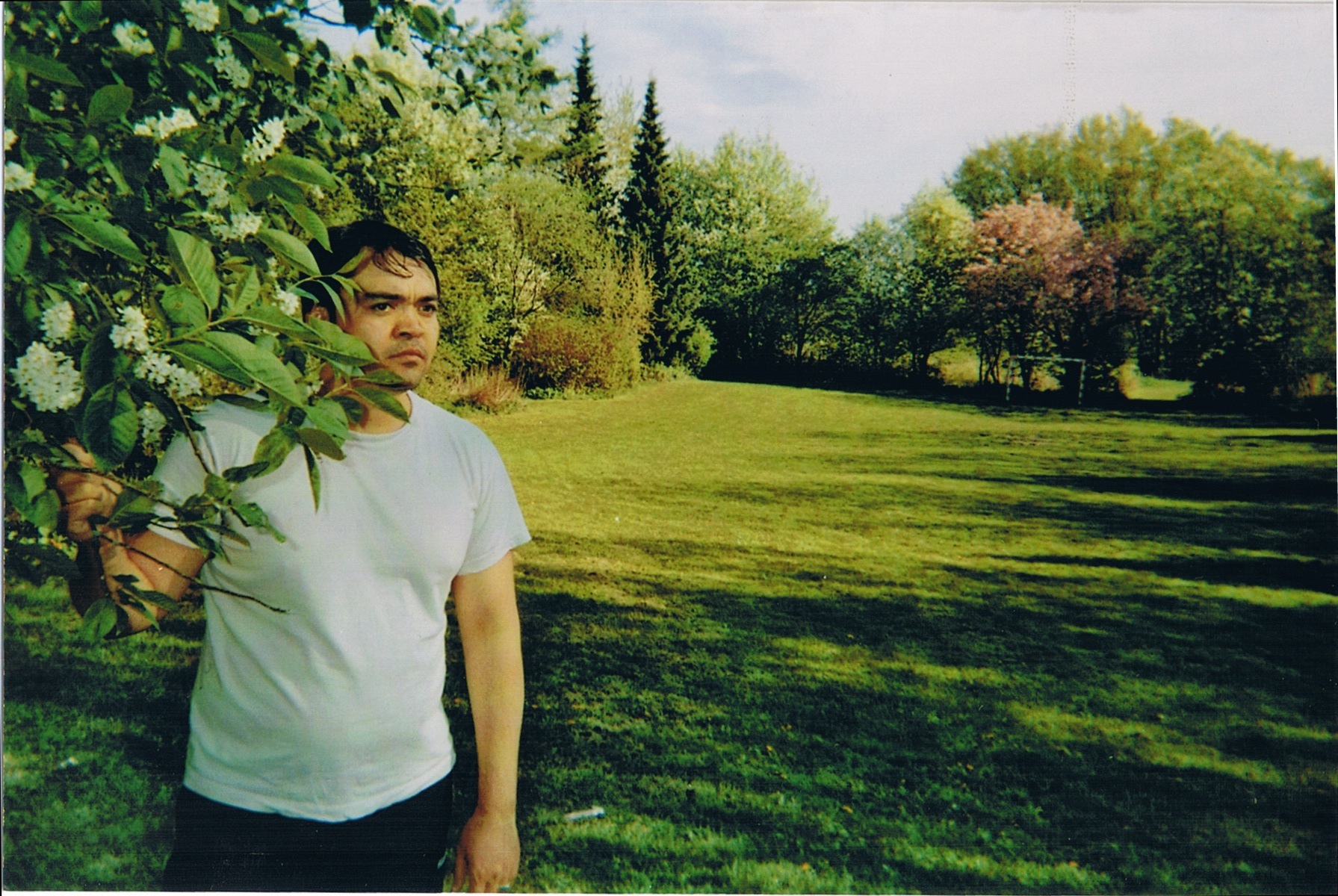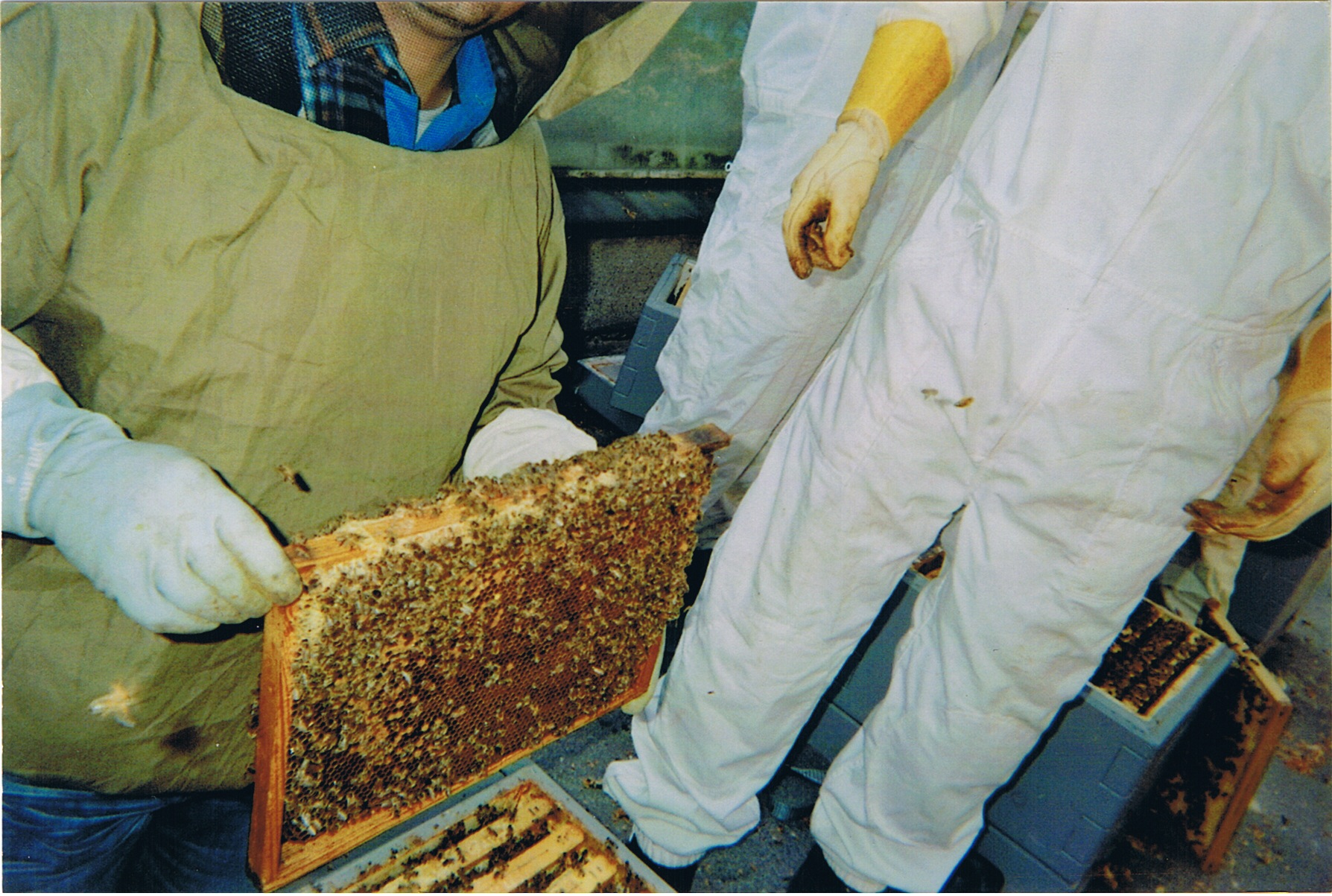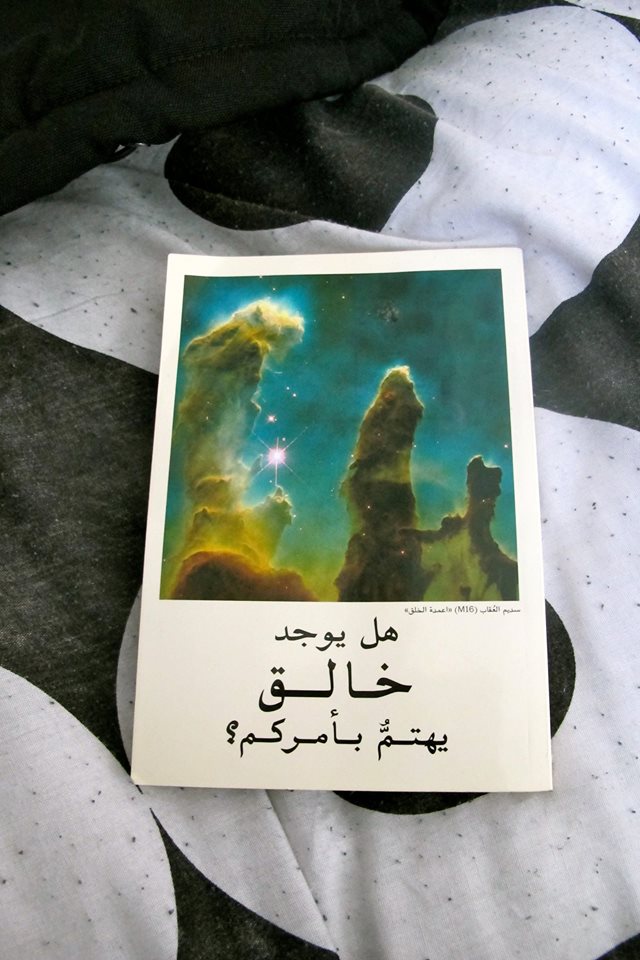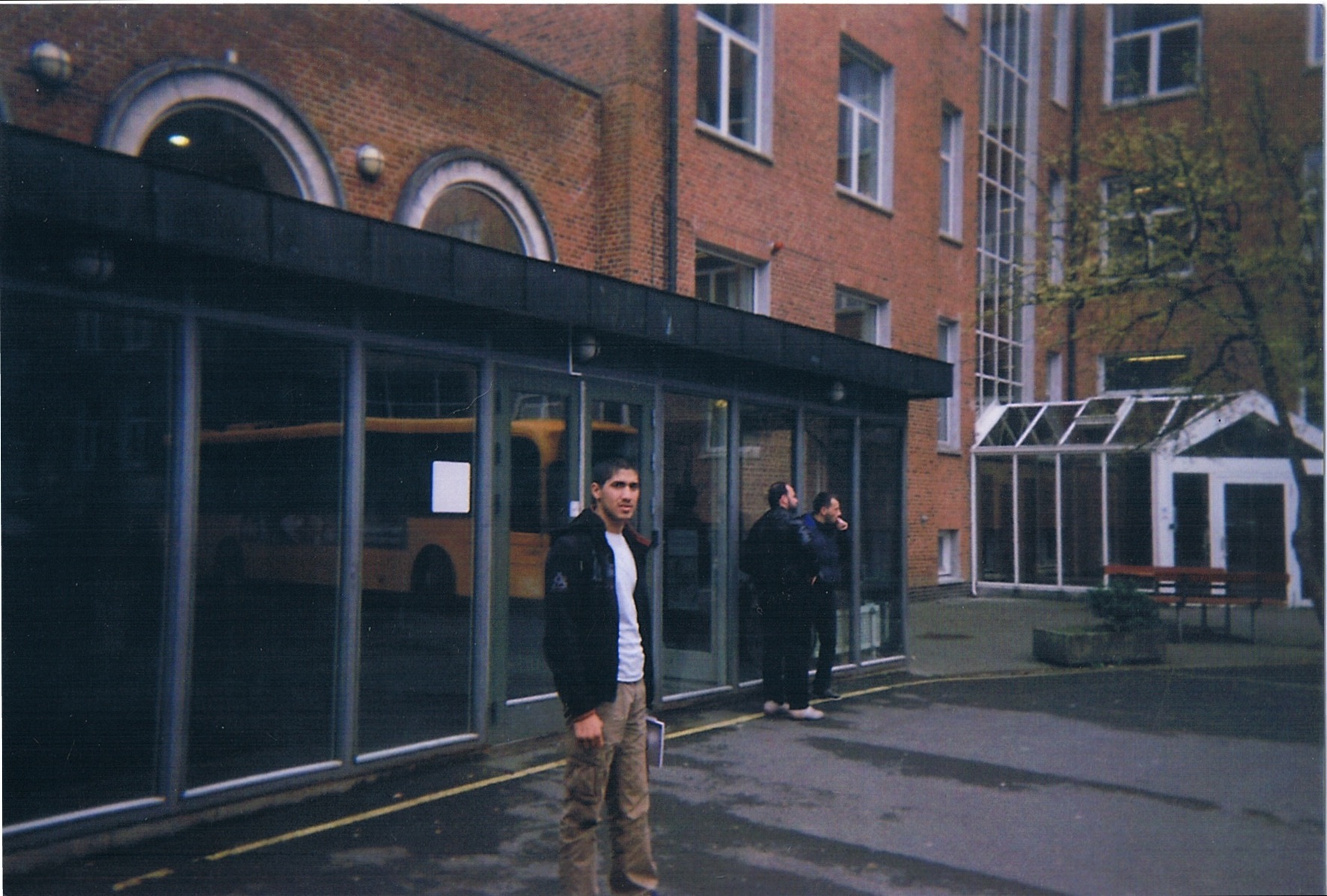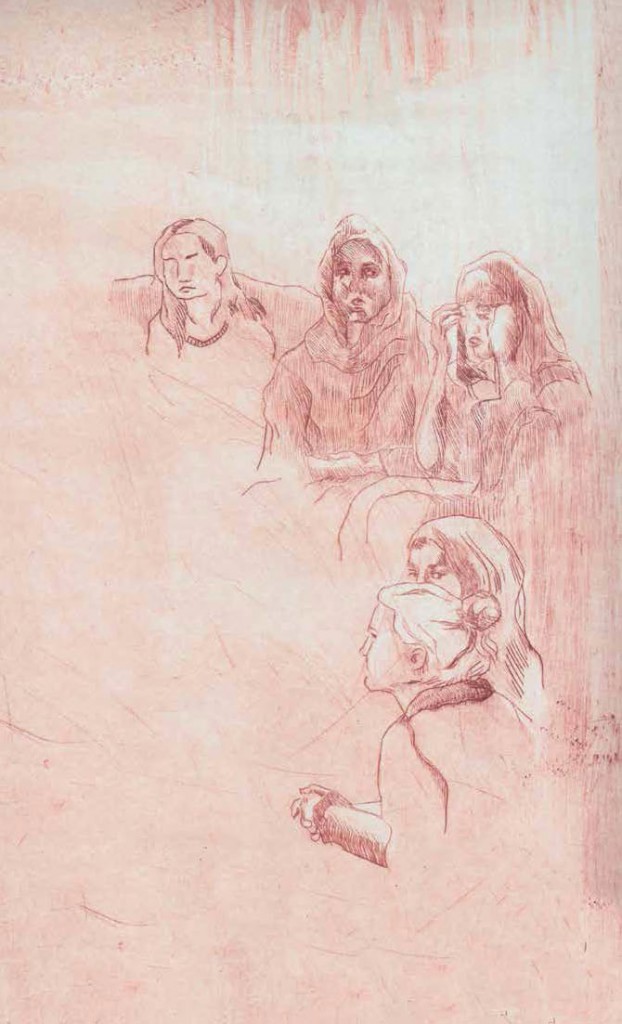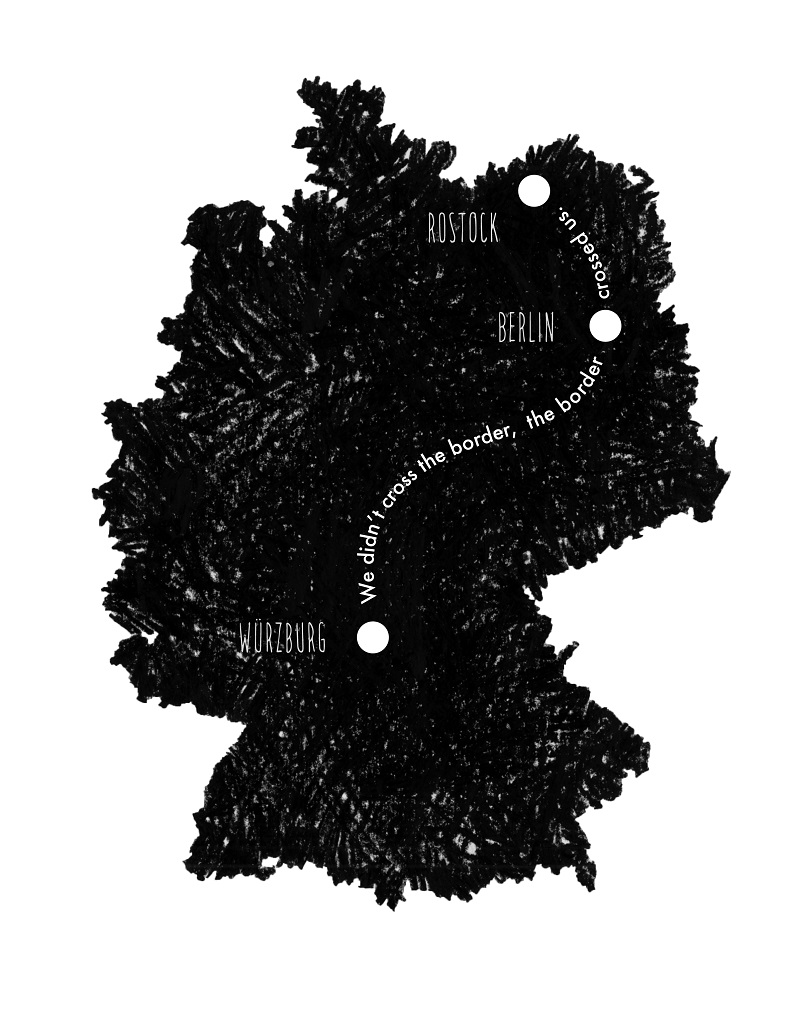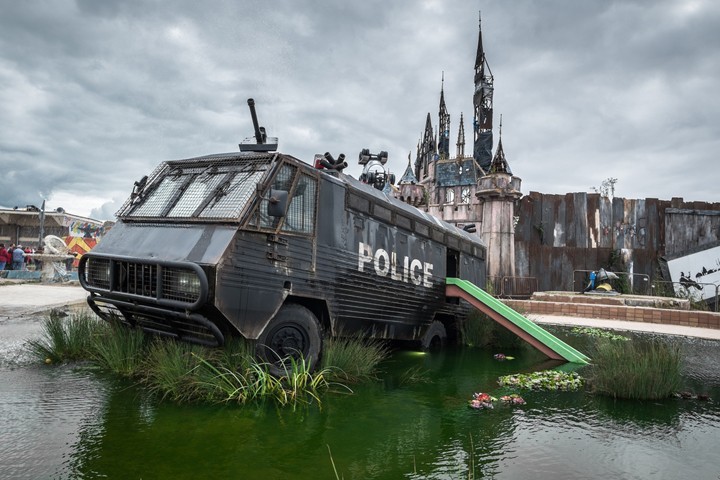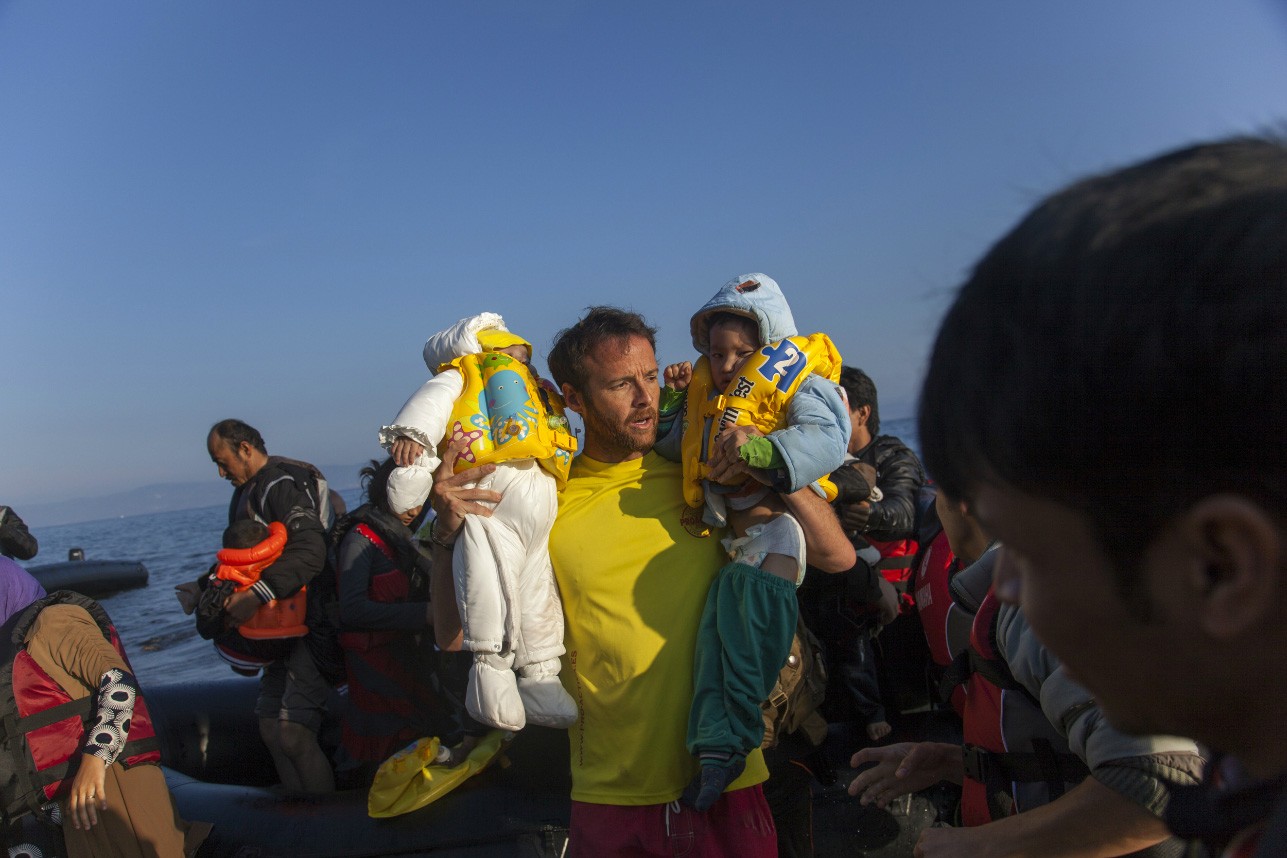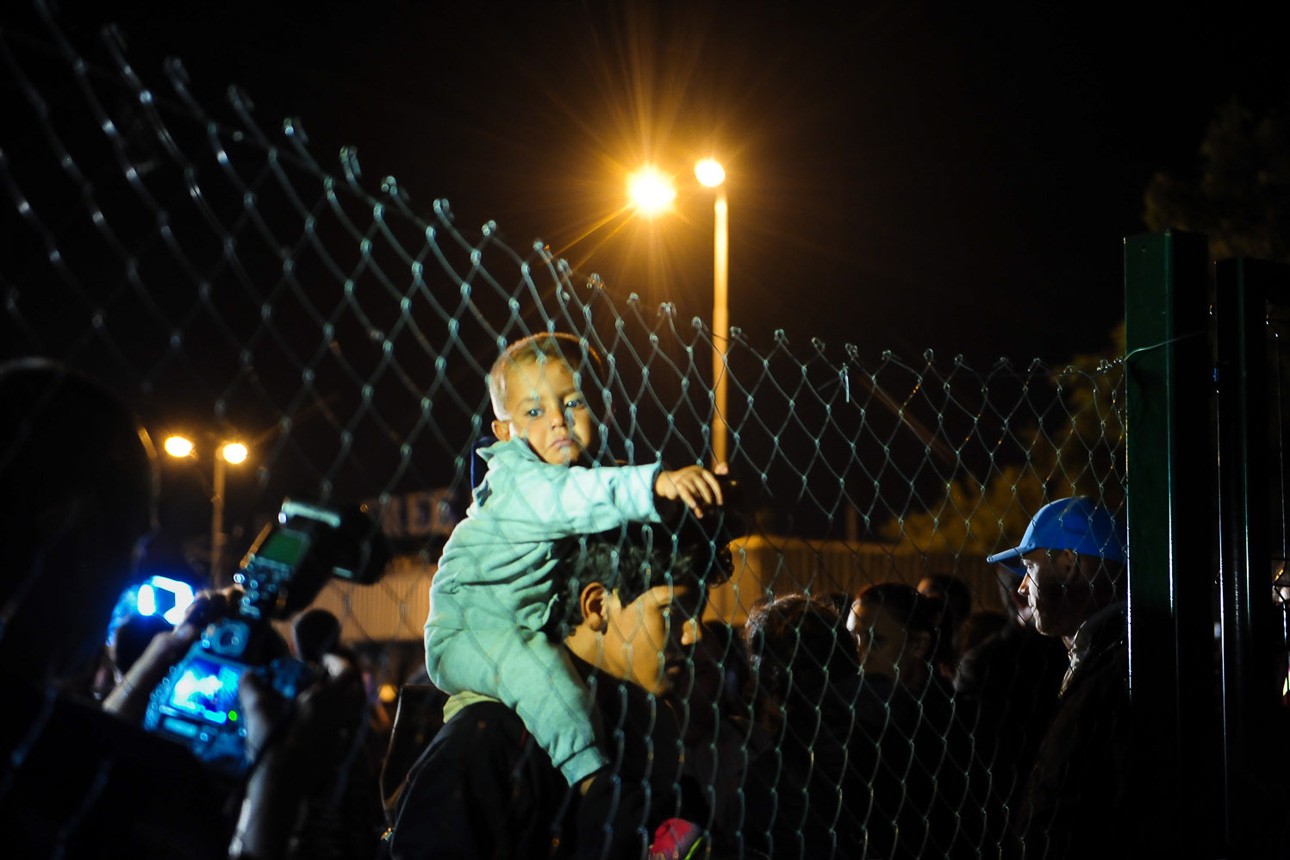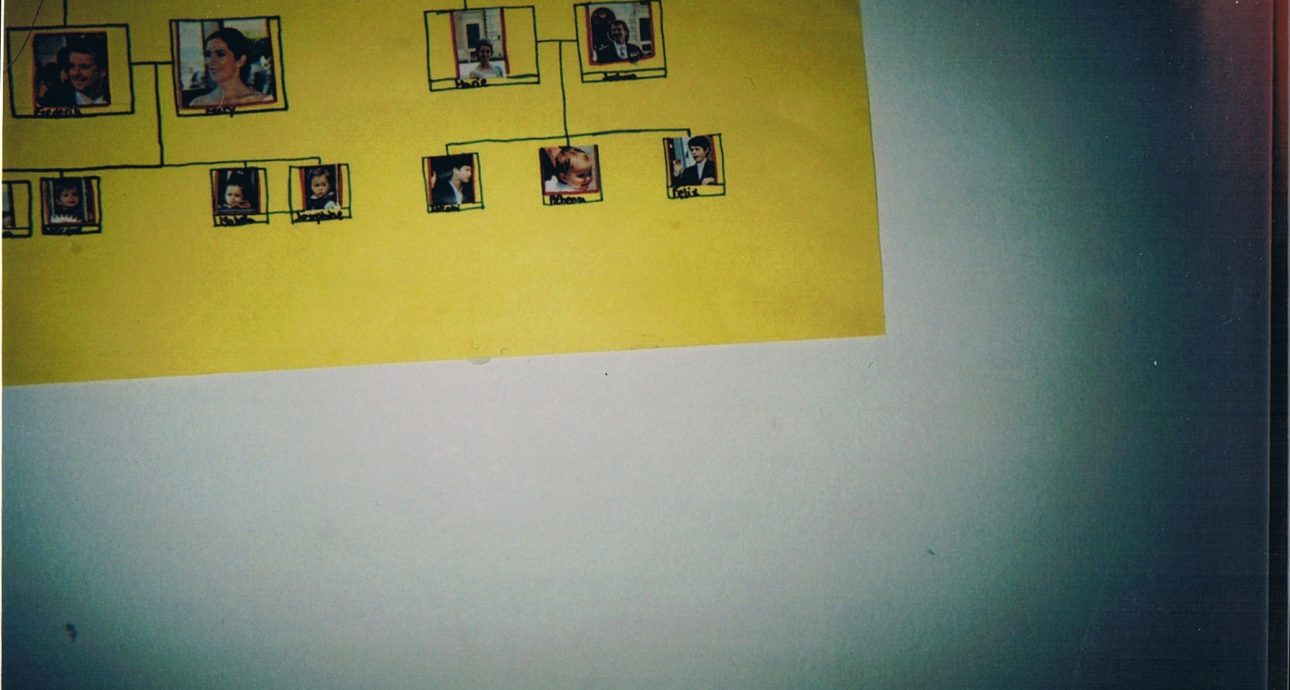
Right to Have a Voice: Who Needs a Magazine for Refugees
The editorial office of visAvis, a magazine that gives refugees a platform to talk about their lives, is located in the north of Copenhagen in Nørrebro, a district for hipsters and immigrants. The newspaper which after several issues turned into a magazine works on donations and rare government and private grants. A thick magazine (the most recent 11th issue has 136 pages) was published twice a year in Danish and English, with some translations into Arabic, Pashto, and Dari. In 2015, the government support for the magazine was stopped at the same time with the tightening of regulations for refugees in Denmark, and the magazine moved to an online platform.
visAvis has close cooperation with the integration center called Trampoline House, which helps those refugees whose appeals for official status are still under the consideration of the authorities — there in exchange for volunteer work they can participate in workshops on culture and language, meet the lawyers and the human rights activists. The integration center and refugee centers are where visAvis finds its stories: an issue is usually created by five to ten staff editors and about 50 authors and illustrators, most of whom are refugees. The editors of the magazine told Bird In Flight how they help the minority have its voice heard and what for.
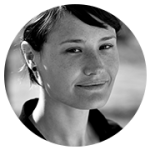
Was born in Denmark, specializes in social work and international development. Curates aid and development projects in a state organization. Has worked for visAvis since 2014.
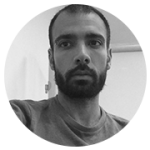
Born and raised in Syria. Moved to Prague at the age of 25, where she received a BA in Regional Studies, specializing in the European region. Is currently doing an MA in Gender Studies at Lund University in Sweden. Has worked for visAvis since 2015.
On Format and Authors
— We work with many different genres and styles of writing and that characterizes the magazine. It is a hybrid magazine in the way that we publish personal stories, academic analyses, classic feature articles and reportages along with poetry, cartoons and visuals. On the one hand, visAvis provides the kind of coverage of asylum and migration issues that the daily media have no time or space for, and on the other hand, we want to include other forms of expression than the mere verbal and analytical. When we select texts and visuals for a new publication, our main priority is contributions from people who have limited or no access to being heard in public. We are primarily a platform for migrants and asylum seeking persons to express themselves.
We don’t persuade people to write or talk, but we might encourage someone if we know them well enough. Sometimes people come to us with a text, a draft or an idea, and we might work on it together. One example was when we were contacted by LGBT Asylum Denmark. One of their members wanted to tell her story; why she was forced to leave Uganda and apply for asylum in Europe, and the harsh experience of being a lesbian asylum seeking person in Denmark. She had to leave her country because of her sexual orientation, but also because her father was really violent. He was constantly raping her, trying to ‘make her normal’, and she had a child with him. The baby did not survive, and soon her father died, too. He passed away naturally, but she was afraid that everybody would blame his death on her, so she fled the country. When she came to Denmark and met the police and the authorities, she didn’t want to talk about her background because she didn’t know if it was accepted here. During her first interview to get asylum she made up a story. After that she got contacted by LGBT Asylum, who talked her through how she should do the interview, but she was rejected the second time. It was really intense: when we were talking to her, she was waiting for her third and final chance.
In 2013, in our 8th issue we had a more than an eight-page photo report from Avnstrup center, prepared by people who live there.
Usually when we start working on a new issue, we have a big meeting to bring together the editorial group, the outreach group, the Internet group — all the sub-groups that are part of our team. We invite everybody who is interested to come and just brainstorm on ideas for new articles. Our outreach group has organized writing workshops and distribution events in asylum camps since the beginning. They have gone to meet new activists, readers and contributors to visAvis. Another way to get involved with people is our weekly ‘office’ hours in the Trampoline House. This gives us an opportunity to engage with people on a regular basis.
The newest members of our team are two interns from ‘Sjælsmark Departure Center’. This center accommodates asylum seeking persons who have been denied residence in Denmark. The former government launched a number of initiatives that should “motivate” this group of people to leave “willingly”, and ‘Sjælsmark’ was an important part of this strategy. Cash benefits have been exchanged for three cafeteria meals and the activities there only revolve around repatriation. The new members are part of our outreach group and have initiated the current focus we have on ‘Sjælsmark’.
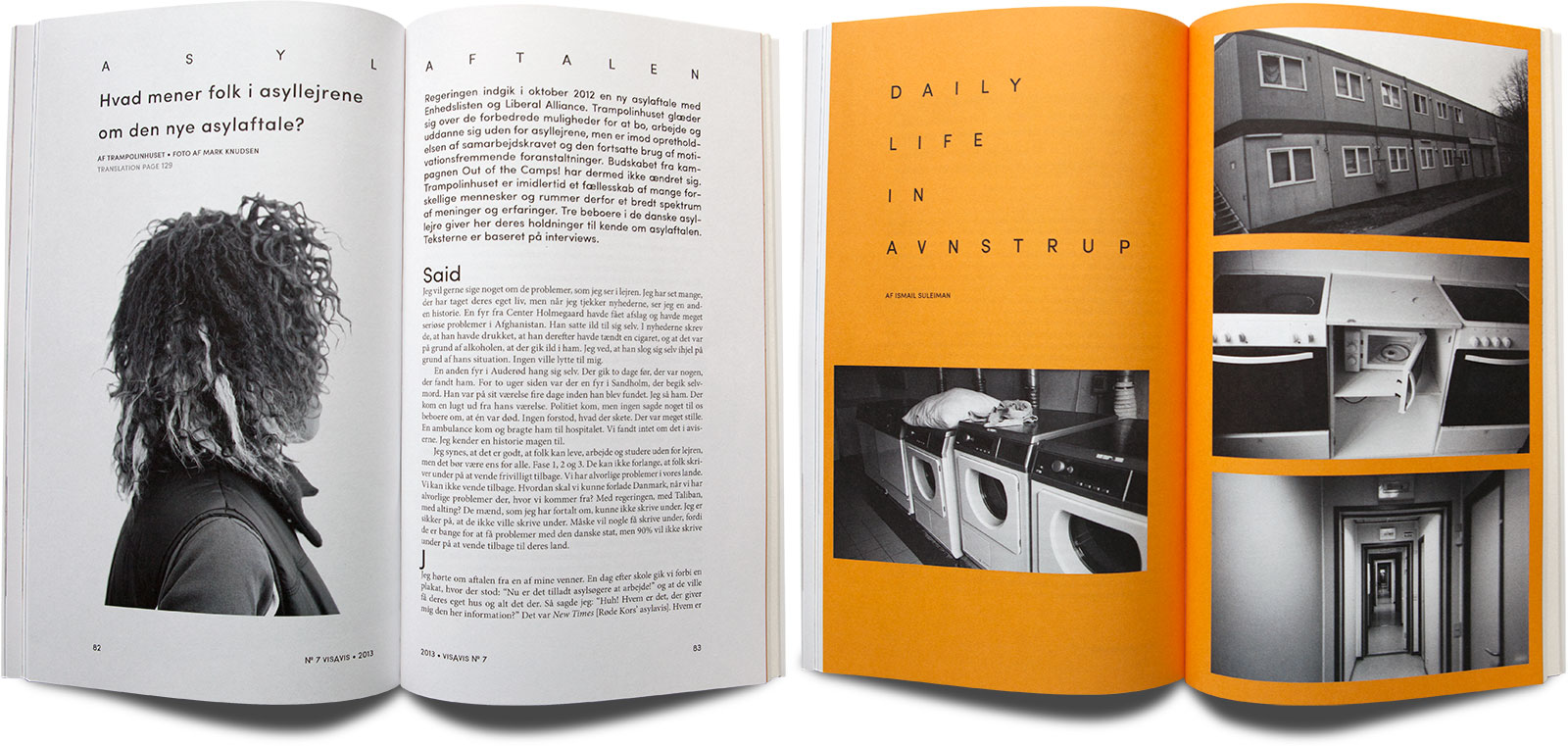
On the Audience
I think that we focus more on the sender than the receiver when we put together a magazine, as we do not have a clearly defined readership. But we have an ambition to reach a wide range of people — with and without papers — in Denmark and abroad. It is primarily a question of distribution and finding ways to reach a wider audience and extend our presence in public and private events.
We try pushing the limit and going to places where people are less likely to be interested in migration and asylum issues. We tried to distribute the magazine in the Parliament once, just standing in front of it, but we were looked down upon. But we did distribute it in many cafes. We went to the city center, where more right-wing people hang out.
Lately, we have focused on outreach and chosen to postpone the next publication. It takes a lot of resources and time to make the magazine and we wanted to release energy for other activities. The fact that the political climate has changed for the worse is something that makes it even more important to do outreach.
On the Mission
visAvis is a political and activist project. We want to question and challenge the premise of mainstream media and the parliamentary political discourse on asylum and migration, and be a platform for those voices that are usually not heard in the discussions. The democratic “mission” behind visAvis is to challenge the paradoxical state of asylum seeking people and people without documents, where they are subjects to a state that they are not included in and have no democratic voice in. With visAvis we want to create a space where people can meet each other as equals. While still recognizing that we are in very different positions with some being more privileged in terms of rights.
Ideally, it should be like there is no hierarchy and everybody participates. But then in practice it is hard to use the asylum seekers, marginalize all these people, include them without hierarchy. We are skeptical of any magazine claiming to do that: because it’s hard to work without hierarchy. But on the other hand, where is the line between refugee and non-refugee? We are all refugees.
The question that is often asked by asylum seeking persons — what could you do for us? But we are more about pushing and changing the discourse. And I think it’s a very good mission. Lately, the discourse in general in the country has changed a lot. In the 1970s, Denmark greeted and celebrated refugees from Latin America and their rights. And now the discourse is changing into an act of charity. This is very sad. This hypocrisy needs to be challenged.
It’s about communication between people. It’s about showing what is behind the mask, that very mask that the politicians are trying to put on refugees. visAvis doesn’t share the rhetoric of other mainstream media, there is this controversial side to it. Journalism should be controversial, otherwise it’s useless.
New and best


